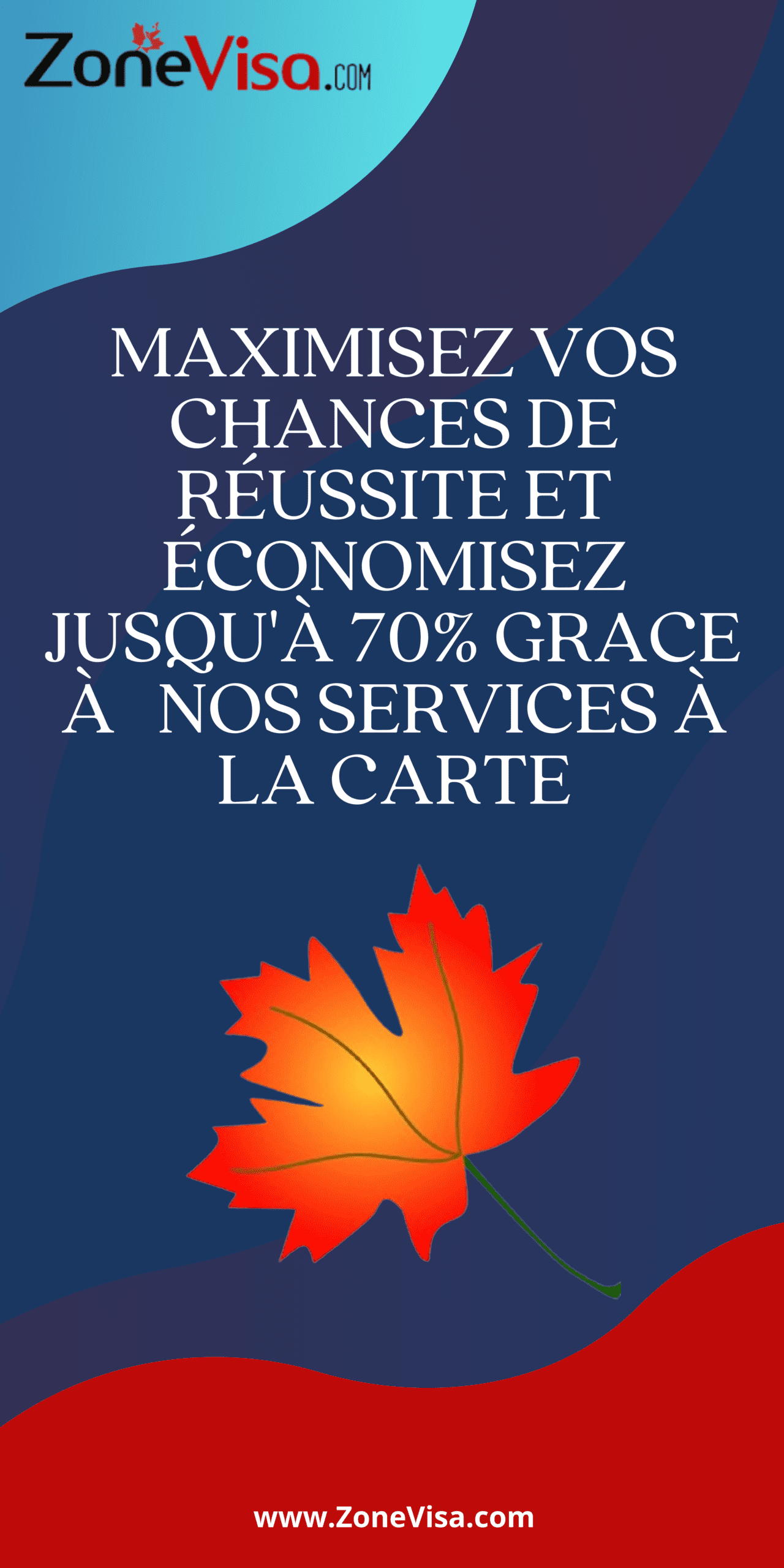Introduction
Canada is a popular destination for immigrants, offering numerous opportunities and a high standard of living. However, one crucial aspect that aspiring immigrants need to consider is the fees for a visa. Understanding the costs involved is crucial to making an informed decision about migrating to Canada. In this article, we will explore the various aspects of Canada’s visa fees, analyzing their impact on aspiring immigrants and questioning if the cost of immigration is becoming too high.
1. Types of Visas and Application Fees
The Canadian immigration system offers various types of visas, each with its own application process and accompanying fees. These include study visas, work permits, business immigration, and family sponsorship. Fees may vary depending on the type of visa and the individual’s circumstances. It is crucial for aspiring immigrants to research which visa they fall under and understand the associated costs.
2. Impact on Low-Income Individuals
While Canada’s immigration system aims to attract skilled workers and entrepreneurs, the high cost of visa fees can be a significant hurdle for low-income individuals. Many aspiring immigrants may possess the necessary skills and qualifications but find it difficult to afford the application fees. This raises concerns about accessibility and the potential exclusion of deserving individuals due to financial constraints.
3. Impact on Families
Family sponsorship is a popular route for immigration to Canada. However, the fees associated with sponsoring family members can be substantial. For instance, sponsoring a spouse or partner can often cost thousands of dollars. This poses a meaningful financial burden on families who wish to reunite or build a new life together in Canada. The question arises whether these fees are reasonable or if they prevent the reunification of families.
4. Study and Work Permit Fees
Canada welcomes international students and skilled workers through study and work permit programs. However, the fees for these permits can be quite steep. Prospective students and workers must consider not only the tuition fees and living expenses but also the costs involved in obtaining the necessary permits. This can deter individuals from pursuing educational and career opportunities in Canada, limiting the country’s ability to attract top talent.
5. Permanent Residence and Citizenship Application Fees
For individuals seeking permanent residence or citizenship in Canada, there are additional fees involved. These fees often increase over time, making it essential for applicants to plan their financial resources accordingly. Aspiring immigrants must consider the long-term costs associated with establishing themselves in Canada, which may include language tests, medical exams, and other documentation fees.
6. Balancing Revenue and Accessibility
While visa fees generate revenue for the Canadian government, it is crucial to strike a balance between generating income and ensuring accessibility for deserving immigrants. An excessively high cost of immigration can discourage talented individuals from pursuing opportunities in Canada, potentially affecting the country’s economic growth and diversity. Finding a fair balance between revenue generation and accessibility is essential to maintain Canada’s reputation as an open and inclusive nation.
Conclusion
Canada’s visa fees play a significant role in shaping its immigration landscape. While these fees contribute to the economic well-being of the country, it is imperative to assess their impact on aspiring immigrants. Accessibility and affordability should be key considerations when determining the cost of immigration to ensure that deserving individuals are not priced out of their dreams. Striking a balance between revenue generation and accessibility will help Canada maintain its position as a welcoming and diverse nation.



